This walk through some of London's trendiest territory is not the prettiest I have done. In fact far from the prettiest. No surprise given that Shoreditch is supposed to have been named after an open sewer leading down to the Thames. I mean if an open sewer is your one claim to fame....
Anyway, I started this walk at Liverpool Street on a grey morning with a forecast or sun soon. Appropriate as this is Sun Street Passage that runs alongside the station
The passage opens out onto Exchange Square, almost attractive with its neat collection of magnolias in blossom.
The area used to be a place of entertainment just outside the confines of the old city. It was the home of the first theatre built since Roman times. Called unimaginatively "the Theatre". But I guess if you are the one and only one, why not? (Now it is the site of a Foxtons estate agents).
Two of the trendy pubs in the area - the Barley Mow...
...and the Bricklayers Arms (with continental bakery beyond)
This is an old substation for the old tramways
And now getting into the heart of Hoxton - Hoxton Square
Not many blue plaques in the area but here is one for James Parkinson. Who he? Well, best known for a disease named after him - Parkinsons.
The Square is hardly one of London's finest. No doubt it would have been much nicer when first laud out but it was subsequently rebuilt all around in a haphazard fashion. But one old house remains....
At one end is St Monica's Priory, built by Pugin. But not that Pugin. Augustus' son
This was the only church on my walk that was open. (And obviously empty - its a church what else do you expect?)
This used to be the White Cube art gallery, once the most fashionable London art gallery but like anything fashionable here to day gone tomorrow
Another electricity station, once generating electricity from burning waste....
..but now the National Centre for Circus Arts
Lots of missions and the like around here - it was a terribly deprived area in the 19th century - utterly squalid by all accounts
A statue to commemorate the area's importance for the performing arts - a bronze called the juggler. I feel someone should have spent more time in the gym.
What looks like a nice pub - the Hop Pole - and no doubt once was but now flats, which, judging by the number of estate agents boards on it, are proving hard to shift
This is Charles Square, even less attractive than Hoxton Square. Again just the one survivor from better days - number 16 which was built around 1785. It was not so long ago the headquarters of the Labour party but has now moved back up in the world and become a block of posh flats
Pasmore Edwards Free Library
Aske's Hospital
St John the Baptist Church - large edifice but closed.
Some industrial buildings converted tastefully into flats.
Hoxton Hall, originally a music hall but now, fittingly, an arts centre.
Two old style shops - well a pie and eel shop and a funeral parlour, but still with Victorian signage.
The tiny Hoxton Gardens
St Columba's Church - a large one
St Leonard's Hospital, which grew out of the workhouse infirmary.
The Geffrye Museum, now under its dumbed down name "The Museum of the Home". Constructed in the early 18th century as almshouses for the poor, but now probably the most distinguished and elegant building in the area.
Its only real challenger for attractiveness nearby is Sty Leonard's Church. Despite the large signs declaring it was open, it was definitely closed. You can never trust these Christians.
And finally Arnold Circus, the centre of the Boundary Estate which replaced a notorious slum area in 1900












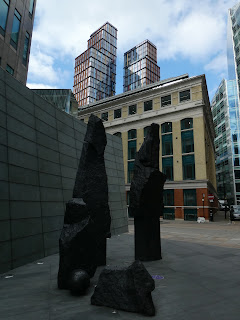


















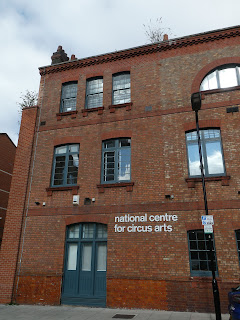









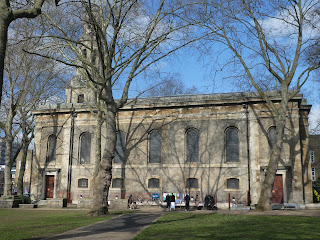






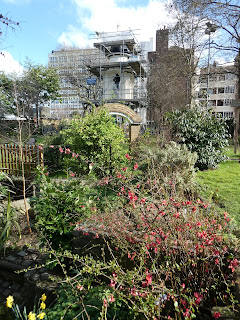



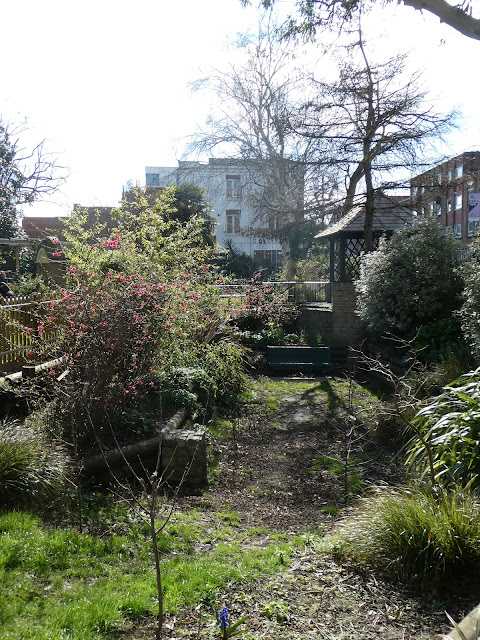



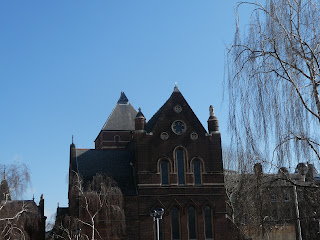


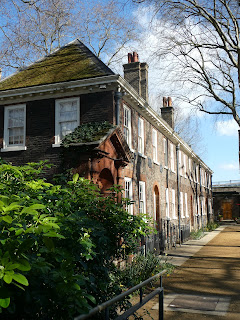














No comments:
Post a Comment